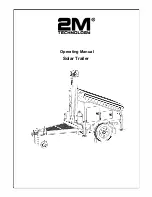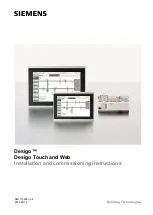
3 Work in relation to water protection
In-roof System
Page 13 / 64
EN141217 Axitec GmbH, Otto-Lilienthal-Str. 5, 71034 Böblingen, Germany, +49 (0)7031 62 88-5186
Raintest prEN 15601 at the TU Berlin
CSTB Raintest Jules Verne in Nantes
3.2
Supplementary information rainproof / waterproof roofing
Rainproof sub-roof
Characteristic of a rainproof sub-roof is the waterproof design/execution of the surface as well as the
seams and abutting joints. With a rainproof sub-roof the counter batten/lathing is not bound into the
rainproof sub-roof. Penetrations, built-in parts and connections are to be carried out in such a way that
they are rainproof. The fastening of the sheets takes place in the upper third of the height overlap. The
penetrating force of drifting snow and rain through the ventilation openings are not to be avoided in
ventilated roof construction systems.
Watertight sub-roof
Characteristic of a watertight sub-roof is the waterproof design/execution of the surface as well as the
seams and abutting joints. In watertight sub-roofs, the counter batten/lathing is not bound into the
rainproof design/execution. Penetrations, built-in parts and connections are to be carried out in such a
way that they are watertight. The fastening of the sheets takes place in the upper third of the height
overlap. The sealing must be guided over the counter battens so that with the fastening of the support
slats through the restraining lath/counter batten the sealing penetrates only at the highest pointing area.
The larger the expected load of the sub-roof is, the higher should the restraining lath be. Wood should
not be wrapped on all sides by diffusion-tight sheets because penetrated or trapped moisture can not dry
out with certainty. Alternatively, moisture resistant materials can be used for the counter battens.














































